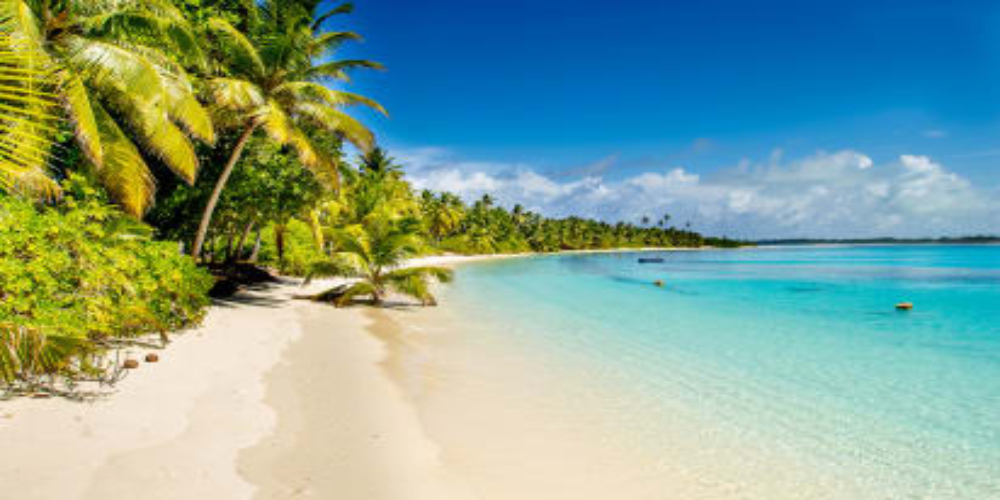Half of beaches in world would wipe out by 2100, report warns

A new study revealed that half of beaches in the world would wipe out by 2100 due to severe climatic changes.
The report published in journal Nature Climate Change, said Climate change and sea level rise are currently on track to wipe out half the world’s sandy beaches by 2100.
The report said even if humanity sharply reduces the fossil fuel pollution that drives global warming, more than a third of the planet’s sandy shorelines could disappear by then,
This would cripple coastal tourism in countries, large and small.
Lead author Michalis Vousdoukas, a researcher at the European Commission’s Joint Research Center also briefed,
“Apart from tourism, sandy beaches often act as the first line of defense from coastal storms and flooding, and without them impacts of extreme weather events will probably be higher,”
Some countries, such as the United States, already planning extensive defense systems, but in most countries such massive engineering schemes will be unfeasible, unaffordable or both.
Australia could hit hardest, according to the findings, with nearly 15,000 kilometers of white-beach coastline washed away over the next 80 years, followed by Canada, Chile and the United States.
The 10 countries that stand to lose the most sandy shoreline also include Mexico, China, Russia, Argentina, India and Brazil.
Sandy beaches
Sandy beaches occupy more than a third of the global coastline, often in highly populated areas.
But new construction, sea level rise, storm surge from hurricanes or typhoons, and reduced sediment from dammed rivers all eroding these shorelines, threatening livelihoods and infrastructure.
To assess how quickly and by how much beaches might disappear, Vousdoukas and colleagues plotted trend lines across three decades of satellite imagery dating back to 1984.
From there, they projected future erosion under two climate change scenarios.
The “worst case” Representative Concentration Pathway (RCP) 8.5 pathway assumes carbon emissions will continue unabated, or that Earth itself will begin to boost atmospheric greenhouse gas concentrations – from, for example, permafrost – independent of human action.
Read More News On
Catch all the Business News, Breaking News Event and Latest News Updates on The BOL News
Download The BOL News App to get the Daily News Update & Live News.